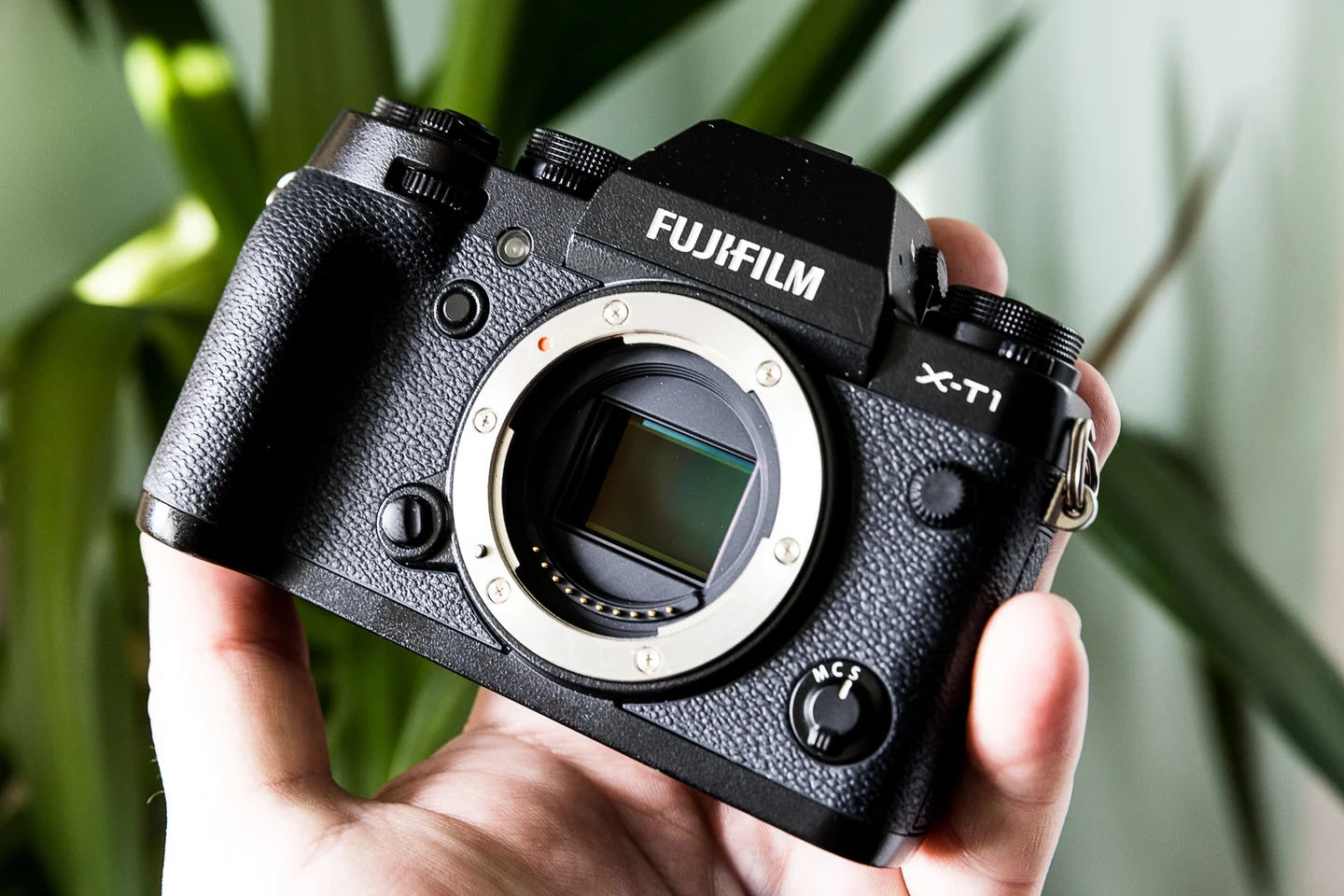Mirrorless Camera
According to the name this camera has not any mirror that’s why the light directly hits in the image sensor. A mirrorless camera makes the quality of an image more sharper and you can see more detail in the picture and video. Mirrorless camera is more thinner and more lite weight than a DSLR camera. A mirrorless camera perform better in a low light frame.

Here is top 3 benefits of Mirrorless camera
1. Lightweight
As a result of losing the mirror system – mirrorless cameras are significantly lighter and smaller. Perfect for travelling with and remaining a little more inconspicuous when out shooting.
2. Silent shooting
If you are able to switch to the cameras Electronic Shutter which takes the photo without making any noise. Many photographers prefer to shoot with the Electronic Shutter over the Mechanical Shutter in all shooting conditions, whereas others switch to this mode when the situation calls for it. Perfect for keeping the noise down in the ceremony of a wedding or when out shooting wildlife.
3. Better Auto Focus
Mirrorless camera able to ditect the subject in short time and this very important for a cinematography and for photography also because by the better auto focus you can capture anything short time .Sometimes we need to caption something which is came very surprisingly in this moment without mirrorless camera you won’t take this besdie you don’t need to bother any kind of focus issues.keeping the noise down in the ceremony of a wedding or when out shooting wildlife.
Mechanism of a Mirrorless Camera
Image Sensor: Like DSLRs, mirrorless cameras have an image sensor that captures light to create a digital image. This sensor is typically a CMOS sensor, which converts light into electrical signals.
Lens Mount: Mirrorless cameras have a lens mount where interchangeable lenses can be attached. The lens communicates electronically with the camera body to control aperture, focus, and other settings.
Electronic Viewfinder (EVF) or LCD Screen: Instead of an optical viewfinder, mirrorless cameras use either an electronic viewfinder (EVF) or a live LCD screen to display the image. The EVF shows a digital representation of what the sensor sees, while the LCD screen can also be used for composing images.

Electronic Shutter: Mirrorless cameras typically use an electronic shutter, which electronically controls the exposure time by turning the sensor on and off. This eliminates the need for a physical shutter mechanism, making the camera quieter and allowing for faster shutter speeds.
Autofocus System: Mirrorless cameras often feature advanced autofocus systems that use phase-detection or contrast-detection methods, or a combination of both. These systems can quickly and accurately focus on subjects, even in challenging lighting conditions.
